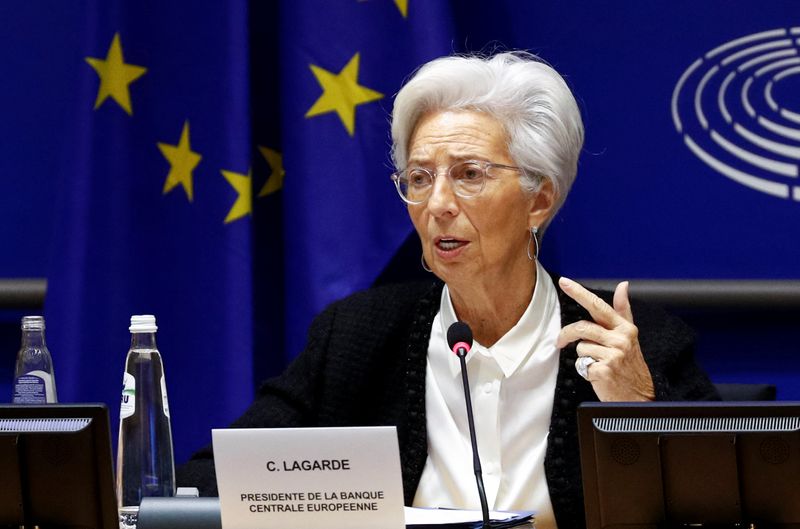
Jobs, incomes and credit costs drive household consumption, residential investments and business capital outlays — a hefty 87.2% of the U.S. economy in 2019.
Those three variables look good.
With nearly 4 million people added to payrolls in the year to January, the unemployment rate was cut, over that period, to 3.6% from 4.4%. That is a remarkable development, indicating that, at the current level of labor supply, we have a fully-employed economy.
Predictably, the steady growth of labor demand has led to increasing income gains. The rate of increase of the real hourly compensation last year more than doubled from 2018, and the inflation-adjusted after-tax household incomes rose 3.4%.
Personal savings were driven up by those rising jobs and incomes. As a share of disposable income, savings grew 8% last year, providing a significant buffer to maintain the households’ usual spending patterns during transitory income and employment changes.
Low credit costs have also made an important contribution to rising consumption and investment.
Surprisingly mild inflation pressures in an economy growing above its noninflationary potential have allowed the Federal Reserve to keep an exceptionally easy credit stance. Prices for personal consumption expenditures show an annual increase well below 2%, and the unit labor costs in 2019 remained stable at 2% for three consecutive years.
The Fed, therefore, has no compelling price stability concerns to abandon its current level of monetary accommodation, especially since the fiscal policy remains impaired by a high and rising public debt and expanding budget deficits.
The U.S. foreign trade — accounting for nearly one-third of the economy — is improving. As a result of that, net exports are becoming less of a drag on economic growth.
The first GDP estimates for last year indicate that the trade deficit on goods and services declined by 3.4%, while the volume of U.S. sales abroad remained roughly unchanged.
That good trade result is due to a substantial trade adjustment undertaken by China. In the course of last year, China’s surplus on goods trade with the U.S. was cut 17.6%. The long-overdue rebalancing of U.S.-China trade accounts could have been much larger had China made an effort to increase its imports of American goods and services.
Still, that’s a good start. Things are likely to get better because Beijing is pledging to step up its U.S. imports as soon as the coronavirus epidemic is brought under control.
By contrast, the U.S. is not making any progress on its large trade imbalances with the European Union and Japan. Last year, the U.S. trade deficit with those two economies came in at $247 billion. That is a 5% increase from 2018 and an amount accounting for nearly 30% of America’s total deficit on goods trade.
The trade problem with the EU and Japan is large enough to warrant an urgent policy attention. That should be a logical next step following recent trade agreements with China, Canada and Mexico.
And to support a revival of U.S. manufacturing industries, Washington should insist that a rebalancing of its trade accounts with China, EU and Japan should proceed on the basis of rising U.S. exports and supplies to American markets from local production facilities.
Putting all this together, the U.S. near-term growth prospects look good.
Could the U.S. do better?
Yes, of course, but to open up the possibility of a sustainably faster noninflationary economic growth, the U.S. has to increase the stock and quality of human and physical capital that would raise the economy’s current growth potential from 2% to the range of 3% to 3.5% — roughly the numbers we have seen during the 1990s.
That would require active labor market policies (investments in education, health care, vocational training, etc.) to connect some 95 million Americans who are currently not in the labor force with stable employment opportunities. A larger pool of skilled manpower would than need to be outfitted with best practice technologies to raise productivity growth. That would keep costs and prices at reasonable levels and make possible supportive monetary and fiscal policies.
Of all the industrialized economies, the U.S. is arguably the only one to have such a wide scope for faster noninflationary growth.
Commentary by Michael Ivanovitch, an independent analyst focusing on world economy, geopolitics and investment strategy. He served as a senior economist at the OECD in Paris, international economist at the Federal Reserve Bank of New York, and taught economics at Columbia Business School.

